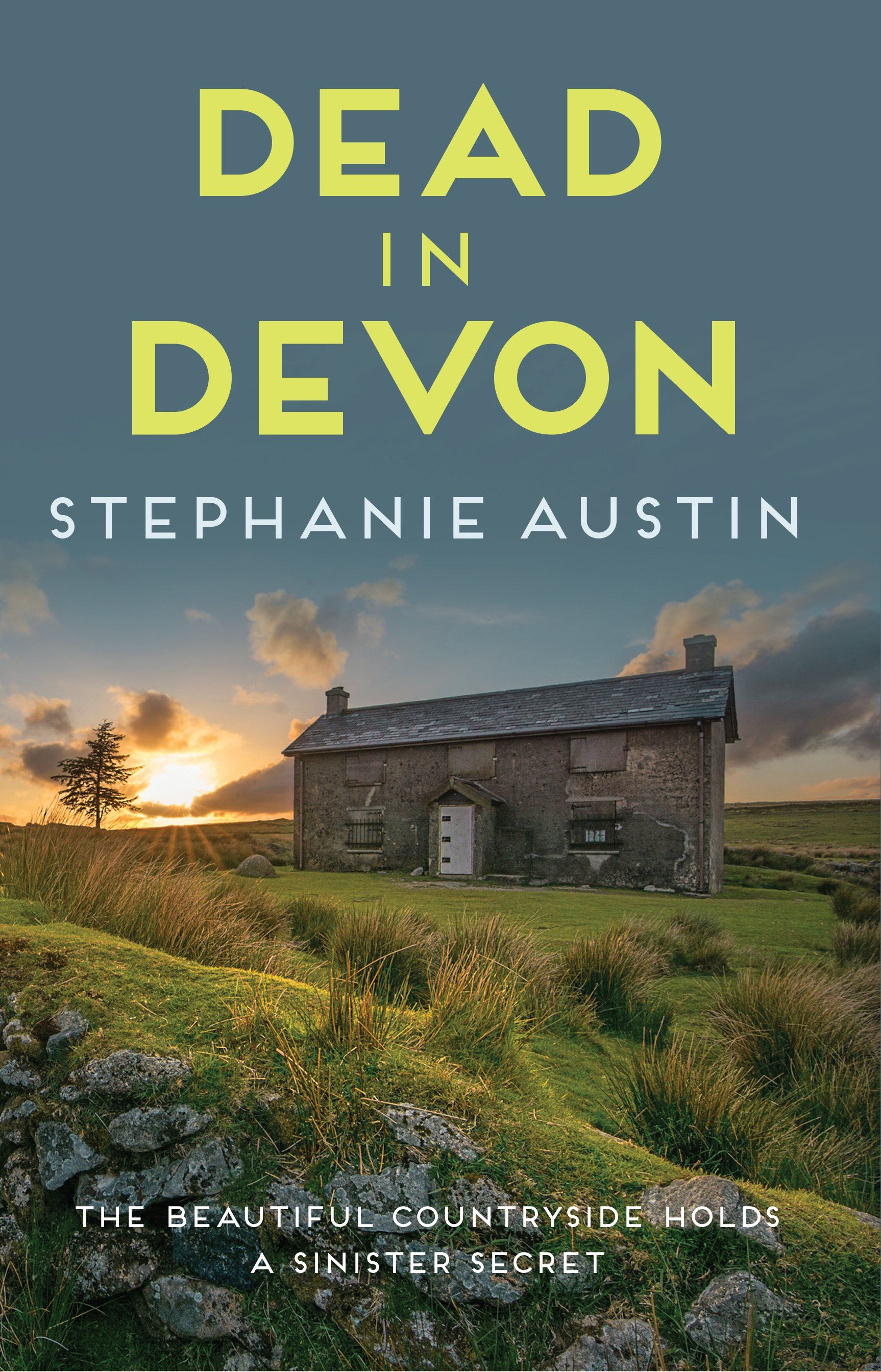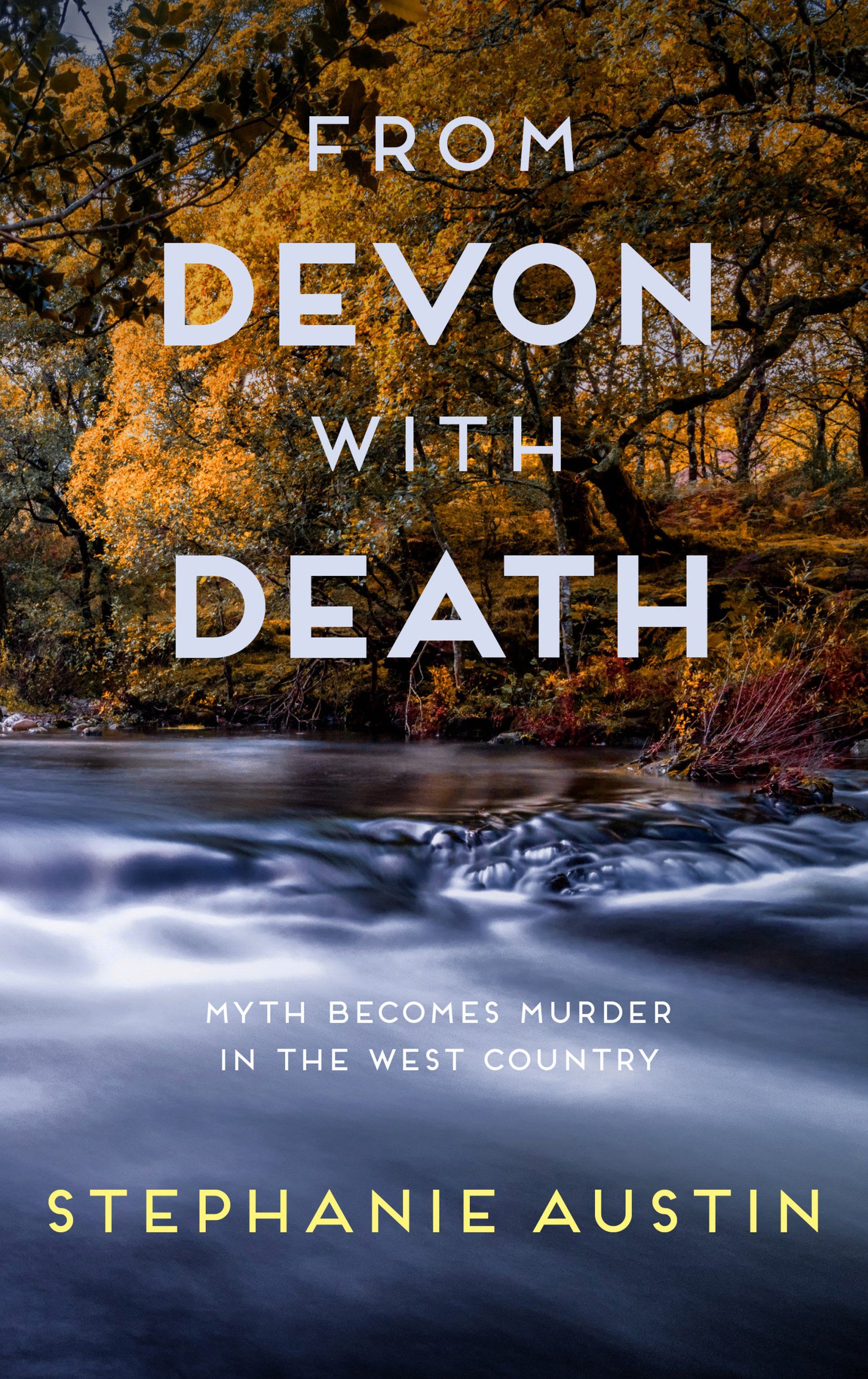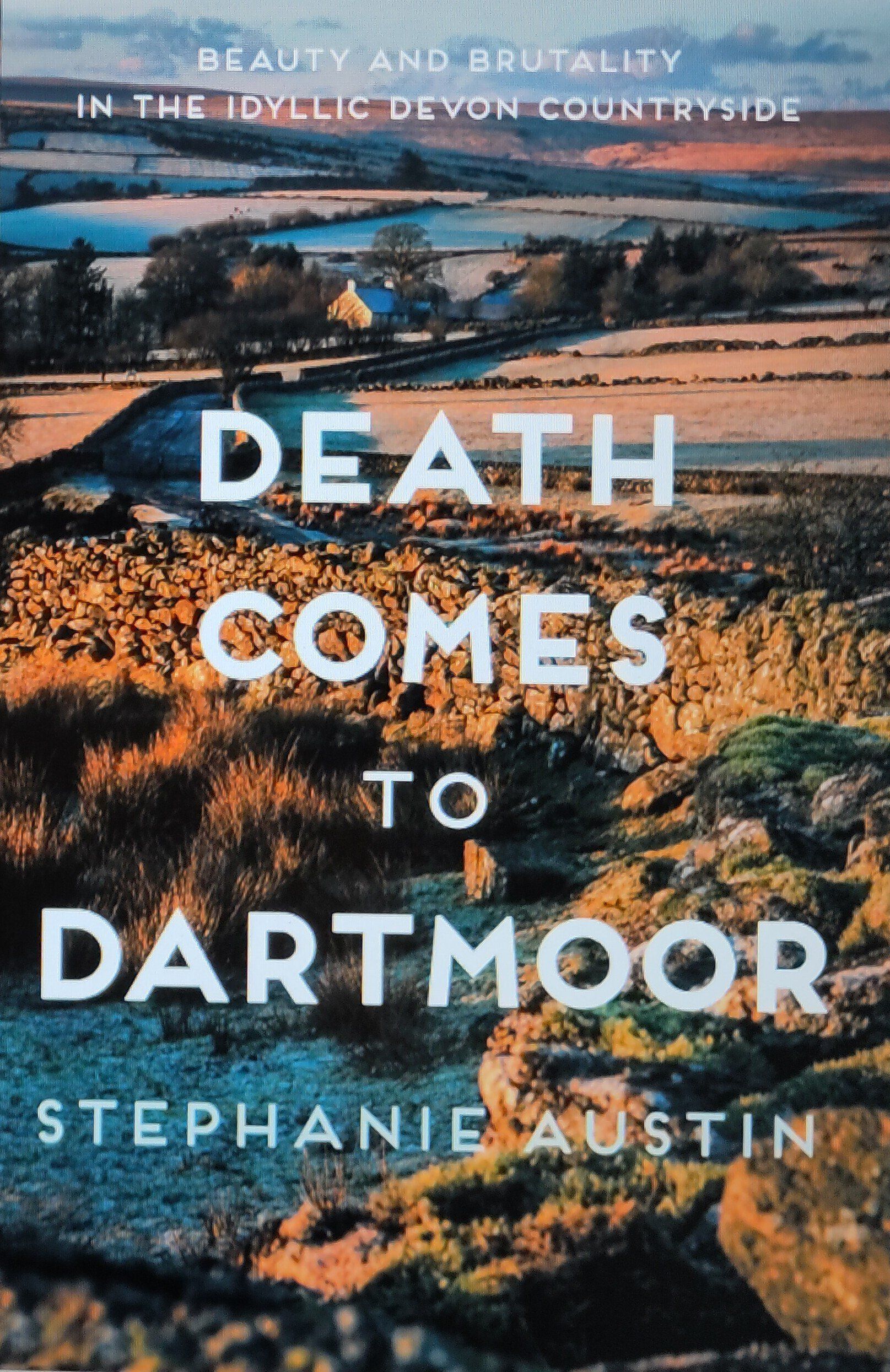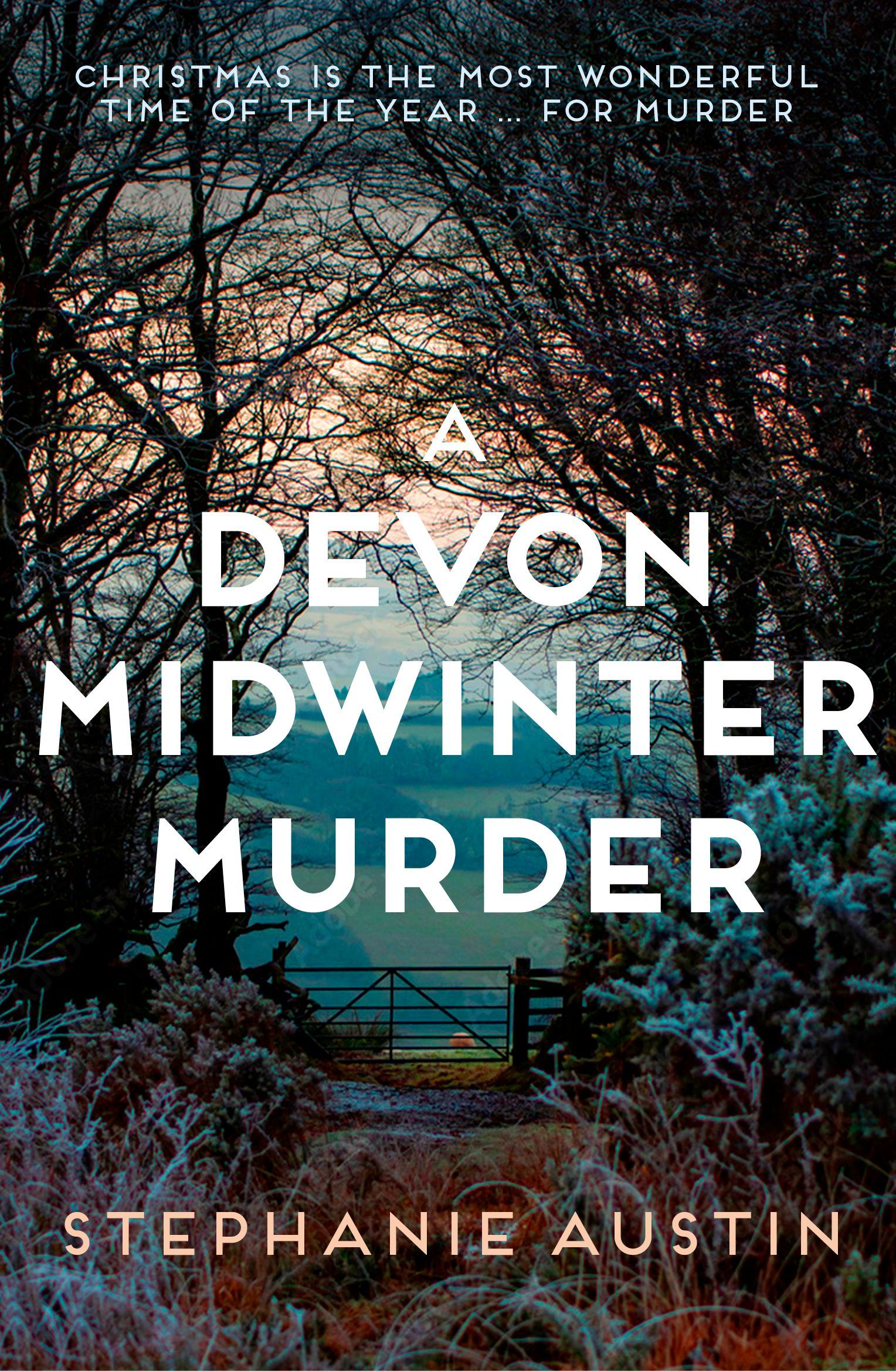The following was published in Red Herrings - the newsletter of The Crime Writers' Association
As I’ve only recently turned to crime, people often ask me what inspired me to write my first Juno Browne mystery.
The inspiration for writing ‘Dead in Devon’ goes back a long way, to a time when having decided that a teaching career was not for me, I was cobbling together a living from selling my own artwork and dabbling in antiques; a subject about which I knew perilously little.
Then an artist friend invited me to share the stall he rented at Bermondsey’s weekly antiques market. This meant driving to London every Thursday evening and spending an uncomfortable night in the van, parked, if we were lucky, as close to his stall site as possible.
In those days, the market started at four a.m. when the stalls were delivered, flat-packed as it were, by council workmen. After this noisy alarm-call, it was a rush to assemble them and display our wares as customers began appearing almost at once. Representatives from expensive London antique shops and galleries arrived by taxi, gathering in the pre-dawn darkness to look over our goods by torchlight. They didn’t want anyone else to beat them to an undiscovered Rembrandt or a rare Ming vase.
In fact, this historic market used to be open all night long. The law allowed merchandise to be sold there between sunset and sun-up without any inquiry into its provenance, making it the perfect place to off-load stolen goods.
My artist friend was talented. For the market each week he produced a number of ‘Victorian’ paintings: seascapes, farmyard or hunting scenes, which he aged with a special ‘recipe’ that made these freshly painted pictures look a hundred years old. These were not just purchased by unsuspecting tourists but by traders and gallery owners who knew perfectly well who had painted them and when.
Amongst hundreds of honest traders I met several ingenious individuals who made their own antiques; I discovered where I could purchase specially ‘aged’ products, and learned never to buy a chamber-pot from another stall-holder. (The nights are long and the toilets don’t open till 6am.)
All this cheerful larceny gave me ideas for ‘Dead in Devon’, although it was to be a long time before I put them down on paper, and Bermondsey market, although still famous, has dwindled to a smaller and more regulated affair. Having moved myself to Devon in the meantime, I discovered the perfect place for a murder mystery set in the world of antiques: the small Dartmoor town of Ashburton boasts sixteen antique shops, more per square mile than any other town in the country, as well as an auctioneer. My own meandering career path helped to provide material for heroine Juno Browne’s occupation as maid-of-all-work, and so her first adventure was born.
Now I find the source of my inspiration is changing. Rural crime is on the rise and presenting ever more intriguing plot opportunities. Antiques are an important theme as Juno struggles to run her own shop without, like me, knowing very much about them. But in my second book ‘Dead on Dartmoor’, and the third Juno Browne mystery which I am writing now, the town of Ashburton with its fascinating and slightly disreputable history, the lush surrounding countryside and the rugged power of Dartmoor itself, has become my real source of inspiration.






